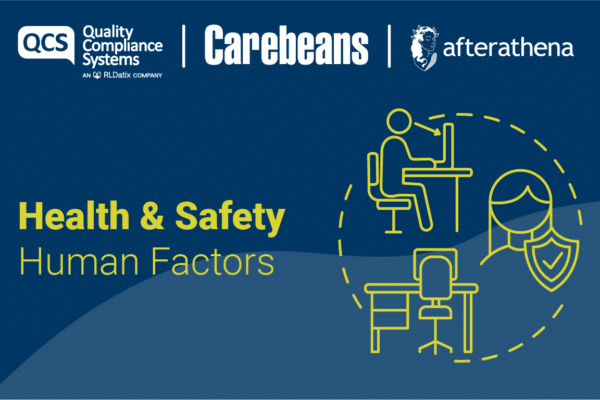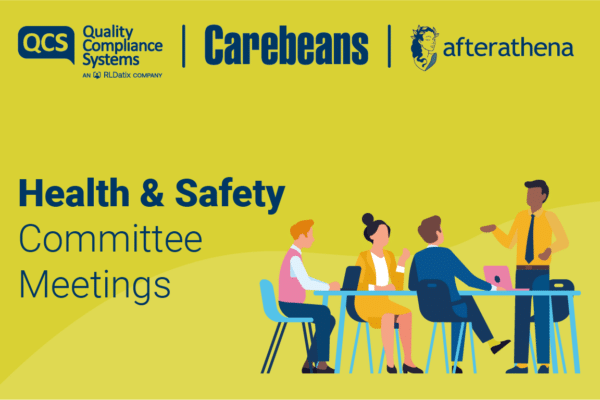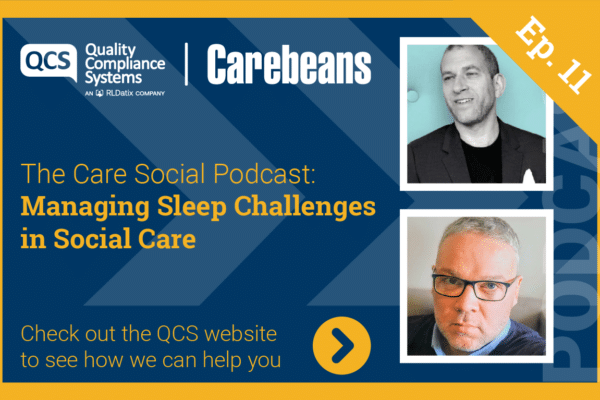
Why a revision!
Current changes in legislation coupled with a number of media cases reporting dangerous practices have been both a driver and precursor to the updated version which can be accessed from the HSE at http://www.hse.gov.uk/pubns/priced/hsg220.pdf.
Legal Framework
Health and safety law is based on “The Health and Safety at Work Act 1974” which outlines both management and worker responsibilities and the introduction of the “Management of Health and Safety at Work Regulations 1999”, which refers to risk assessments and safety management systems to ensure providers and those with delegated responsibility provide a safe environment for all under their responsibility including staff, residents, contractors, visitors and the public (i.e. relatives). This document is a practical guide thus the legal framework is an appendix at the back of this report.
What do I need to know!
To ensure that both residents and all who work or have access to your establishment are safe you need a sustained and systematic approach to risk management by first identifying the risk your establishment presents to people, the fabric (i.e. building and equipment) and the environment (i.e. clinical waste). A useful model is the Plan, Do, Check, Act cycle as described from the HSE at http://www.hse.gov.uk/managing/plan-do-check-act.htm. QCS has a number of templates which can assist its subscribers in effective risk management.
In summary you assess the risks of your operations, those affected by that risk, look at how you can reduce or eliminate that risk and put measures in place to manage any residue risk remaining. Any system needs to be reviewed regularly to see if it is working and modified in the light of any finding i.e. accidents, incidents and near miss occurrences. Safety meetings with staff and listening to residents are all vehicles to a safer environment for all concerned.
The document covers workers working shifts, long hours including night awake working, high levels of multi-tasking and the stresses of care work. It discusses having suitable and sufficient welfare facilities and support systems for dealing with the emotional factors, i.e. violence, bullying, bereavement and financial abuse. As well as a system in place is a requirement for induction, instruction and training of all staff in safe practices and how to deal with under safe practices, i.e. reporting, documenting and appropriate action.
Accident reporting under RIDDOR is identified in this document including the recent changes from 3 to 7 days. Provided in HSG 220 is what to report, how to report, who to report to and what to document.
Residential care requires the use of equipment for cleaning, hoists, bedrails etc, and the need for a plan of maintenance to ensure its effective use, and equally for staff training in their correct use.
What is not included!
This document does not include:
- Standards relating to quality of care
- Conduct and performance of registered staff
- Safeguarding arrangements
David Bennion – Health and Safety Expert






